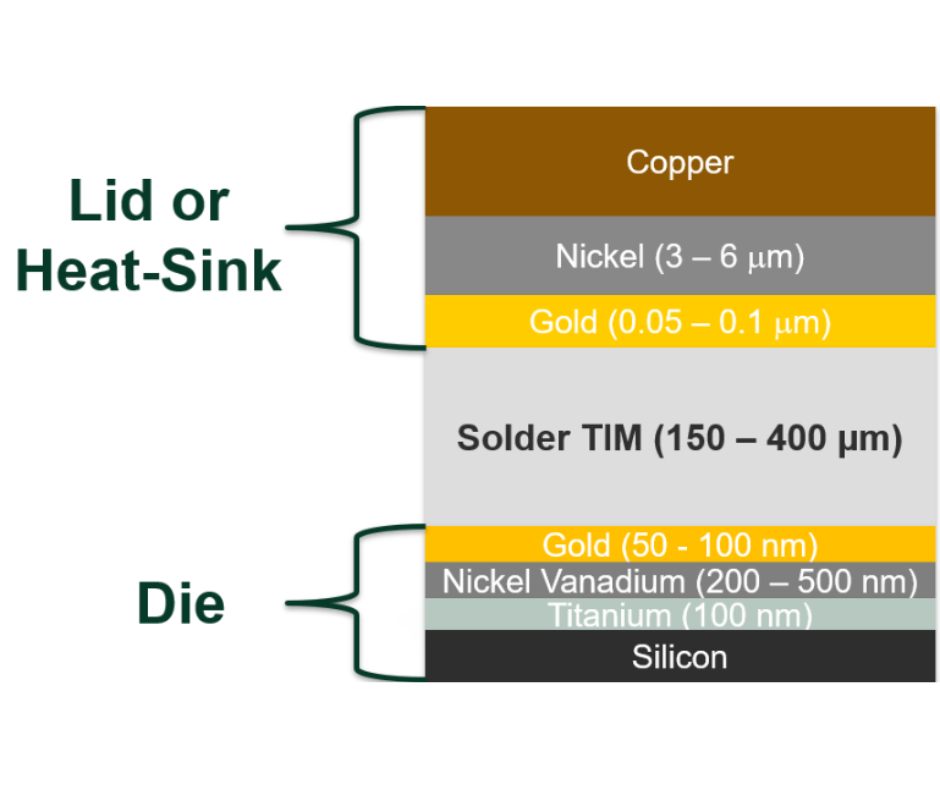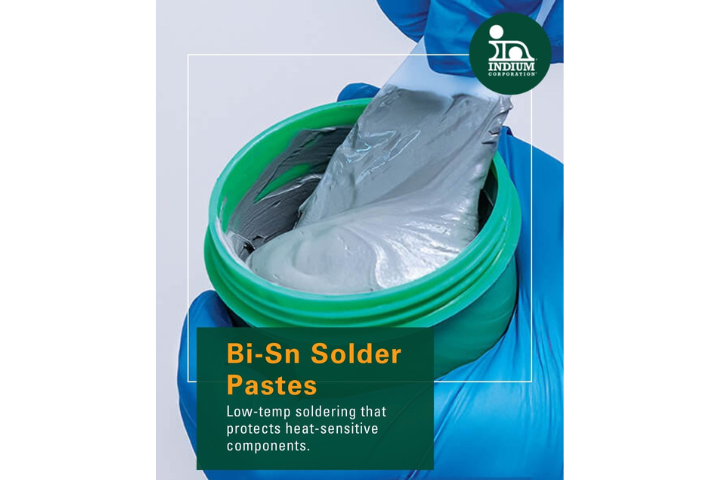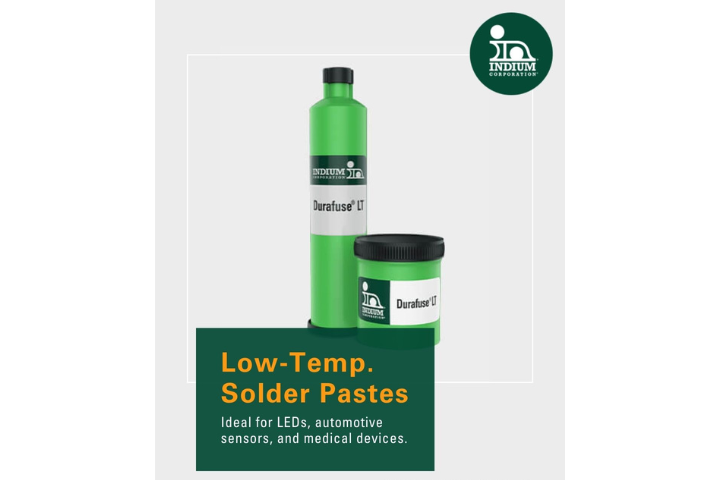Today we’ll be discussing Metal Gel™ with Andrea Olvera-Gonzalez of Liquid Wire. Liquid Wire is a relatively new company developing advanced fluid-phase circuits for flexible and stretchable electronics. As you may know from reading this blog, we here at Indium Corporation are big fans of stretchable electronics. Let’s learn more!
Jim: Hello Andrea. Thank you for the time today. I was wondering if you could tell the readers what Metal Gel is?
Andrea: Metal Gel is a material composed of the well-known liquid Gallium-Indium-Tin eutectic alloy, modified with an oxide microstructure and proprietary additives. It’s a true rheological gel with its liquid component consisting entirely of metal. This makes it a great conductor even as it remains in a liquid phase over industrial operating temperatures. Metal Gel has a consistency similar to peanut butter and never dries out. This means it cannot break and the conductor will flow along with any surface it is printed on. We develop processes to bond Metal Gel to a variety of substrates such that it’s fully encapsulated. The high viscosity fluid behavior allows the resulting conductive traces to maintain excellent electrical conductivity even when repeatedly flexed or stretched up to several times their original length. The oxide microstructure increases viscosity and binds up the fluid, preventing leaks. It’s a really interesting material and allows many traditional PCB manufacturing techniques to be employed for building liquid metal circuits, with the added bonus that there is no high heat solder stage necessary.
Jim: You mentioned fluid-phase circuits;how do you manufacture them?
Andrea: Even though they have great material properties, circuits made of liquid-phase metals have always been assumed to be too difficult to manufacture on a high volume, high yield process even though they have these great material properties. Through custom rheology tuning, we can print directly onto a range of common plastics, rubbers, and nonwovens. By using laser etching and direct Metal Gel application, we can build successive levels of Metal Gel circuitry into laminated layers of common plastic films used in the apparel and electronics industries. It’s a fairly simple process where Metal Gel is the sole conductor all the way from the interconnects, to interlayer vias to component attach. This system is elegant because it doesn’t require multiple cure steps or embrittled points like one finds in conductive ink solutions. Currently we are focused on panel processed multilayer circuits with feature sizes down to 300 microns and maximum size up to 25cm on a side. In R&D we are pushing to ever smaller resolutions and developing automated manufacturing tooling. We are also working with customers on customized processes to print Metal Gel interconnects directly in-line with their manufactured goods.
Jim: That sounds like a unique approach to making flexible and stretchable circuits. Could you tell us about some of the applications you have in mind?
Andrea: We have invested a great deal of resources at Liquid Wire in finding substrates that match the dynamic capabilities of Metal Gel. The potential applications are boundless. Think the early days of the internet and the discussions about the future and how short-sighted we were! The same is true with this class of fluid-phase circuitry revolutionizing IoT. New form factors, new locations, and increased mobility generating more data to feed AI systems. For the nearer-term, Liquid Wire circuitry will be applied in applications from medical wearables to performance sportswear and safety clothing, into structural monitoring, automotive interiors, and even aerospace.
Jim: How do you plan to address these markets in the near future.
Andrea: One way we work towards addressing the complex needs of these huge markets is through our involvement with NextFlex. Their goals are to enable flexible hybrid electronics by addressing the materials needed for important dual-use applications. We are actively supporting the roadmap revisions in fundamental materials development and packaging techniques but also in application areas like Human Monitoring and Asset Monitoring. These areas are forward looking over the next 10 years and encompass all aspects of electronic solutions, including the interconnects, for which our Metal Gel is a strong new candidate, as well as packaging sensors, chips, and components in flexible and stretchable form factors. In-situ strain monitoring is also something that our Metal Gel circuits are well-suited for as we are compatible with most composites and can readily print strain sensor arrays.
Jim: That’s great to hear! I’m looking forward to learning more about NextFlex’s evaluation of Metal Gel.
Andrea: Thank you Jim! We look forward to sharing these results with you!
In a future post, we’ll be talking more about Metal Gel and the testing it is going through.
~Jim H



